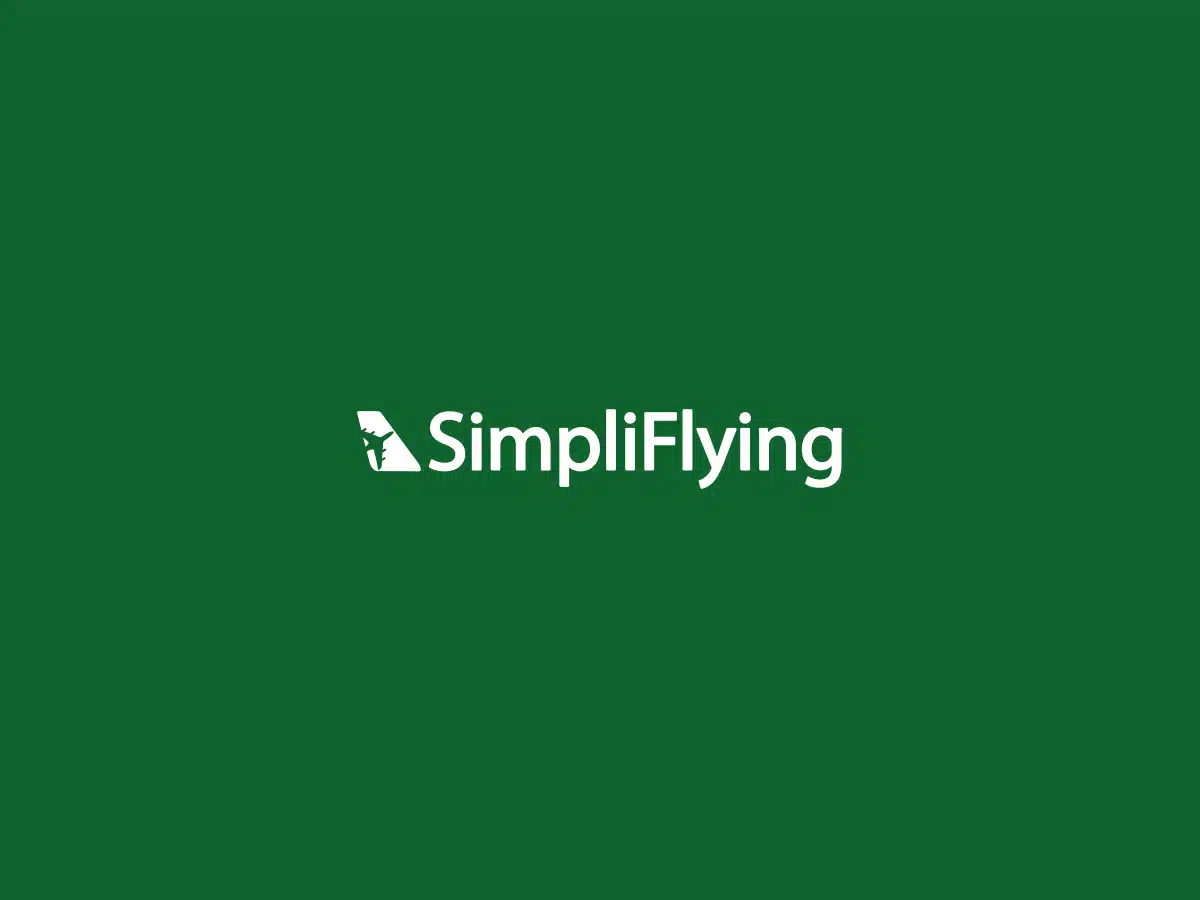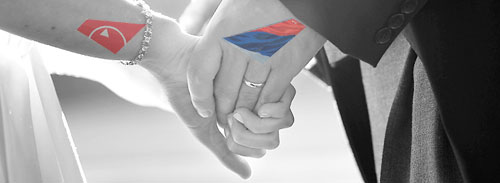On 11th August, the pilots of Delta and Northwest agreed to the proposed merger between the two airlines, smoothing out the way for a new world’s largest airline to emerge. What does this mean for American and international commercial aviation world? A peek into history may give us some insights.
The glory of Pan-Am
The decline and demise of Pan-American World Airways in 1991 marked the end of an era in United States. Pan-Am was, for many decades, the de-facto flag carrier of the United States with an extensive international work. It was arguably the creation of American politics in the pre-deregulated industry before the early 1980s, as the airline flew international routes while other airlines were largely restricted to domestic routes.
For over three decades after the Second World War, Pan-Am held the stature as the leading international airline in terms of innovative products, as well as opulence in luxury travel, ushering in the jet age by launching the Boeing 707 in 1959, the iconic Boeing 747 in 1969 and record-breaking non-stops between New York and Tokyo, and Los Angeles and Sydney with the Boeing 747SP in 1976. Pan-Am also pioneered business travel with the launch of its clipper class, a market that was to become today’s lucrative business class. Pan-Am was a brand that Americans flew with pride – hardly a case with US based airlines today.
After more than two decades of deregulation, US legacy carriers are entrenched in their respective markets. Continental, US Airways and Delta have built a strong European network. American and Delta are strong players in Latin America while Northwest and United share the huge Asia-Pacific market. A merger between Northwest and Delta could see the emergence of a US international airline with a global network unseen since the days of Pan American at its height.
Can Northwelta re-capture Pan-Am’s brand excellence?
US airlines have ventured deep into the low-cost, low-price business model to stay afloat in the brutal competition in the deregulated US market. Such a model has inevitably crept into the international travel market, where winners of international accolades and awards such as those announced by Skytrax and the eminent Travel and Leisure magazine are usually barren of American airlines. Both the rankings did not feature a US airline in the top 10 this year.
On the bright side, the fact that Delta recently launched its New York-Mumbai flight with its brand new 777-200LR equipped with a new herringbone-styled Business Class is an encouraging sign indeed. Improving in-flight service and amenities would be a first step to build a strong brand affinity.
Learning from those who did it well, across the Atlantic
Successful mergers between KLM and Air France, Lufthansa and Swiss International may give indication of the possible benefits to be reaped by the Northwest-Delta merger. Lufthansa and Swiss, for example, cross sell their seats on their websites to provide customers with more travel options to choose from. Commonality in fleet management also provides an avenue to achieve cost efficiency. Air France and KLM have a highly similar international fleet of Boeing 747-400, 777; Airbus A330 and A340.
On the other hand, US airline leader American Airlines remains deep in the red with a US$1.4 billion loss in the second quarter of 2008 , which further emphasise the tough challenges ahead for the new industry leader.
Time to ponder…
What do you think? Can Delta-Northwest can emerge as a stronger airline and re-establish the position of American commercial aviation on the international stage?
Will we ever get back the glory days of Pan-Am for US aviation? Or will we forever have to pay for a packet of peanuts and to check-in our bags?



![Reblog this post [with Zemanta]](http://img.zemanta.com/reblog_c.png?x-id=96d19c19-6d07-45d6-bd1c-61a8f97811a0)